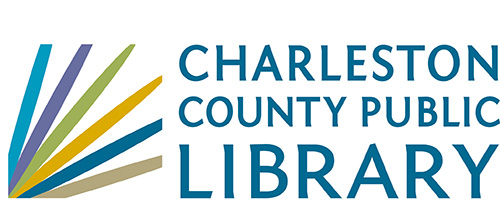Abstract: Two of eight patients died from postoperative stroke and pneumonia at 2 and 3 months, respectively; 3/8 patients underwent eventual heart transplantation; 3/8 patients are currently still alive under LVAD support. B Results: b Our results demonstrate: (a) progressive development of circadian rhythm following postoperative recovery (93% of the patients, 23 ± 15 days after implantation), (b) long-term stability of circadian rhythmicity in patients with no thrombotic complications (92% of the patients; 962 [445-1447] days of support), (c) severe instability and loss of circadian fluctuations before the thrombotic event (89% of the patients, 12 ± 6 days ahead of the clinical manifestation of overt PT, that is, high-Watt power spikes). The net hemocompatibility score in the HM3 in comparison with the HMII and HVAD patients was 73 (0.66 ± 1.45 points/patient) vs 115 (0.86 ± 1.59 points/patient) and 157 (0.96 ± 1.71 points/patient), respectively (odds ratio, 0.86; confidence interval, 0.38-1.01; I P i = .053). When comparing outcome of ECMO patients to patients transplanted following LVAD implantation, log-rank showed a significant difference in favor of LVAD patients (survival rate of 72%, 70%, and 60% at 1, 5, and 10 years, respectively; I P i = .0247), especially in patients >50 years (1 year survival 35% vs 60%). DCM etiology is represented as follows: 25 idiopathic, 2 patients presented Duchenne muscular dystrophy, 2 patients Becker muscular dystrophy, 3 patients had Barth Syndrome, 4 patients had mitochondrial diseases, 1 patient had X trisomy syndrome, 1 patient had Prader-Willy syndrome, another patient had Toriello-Carey Syndrome, while 3 patients had complex malformative syndromes, 7 patients had anthracycline related DCM, 3 patients presented carnitine deficiency, 5 patients vitamin D deficiency, 10 patients had myocarditis, and 3 had tachycardiomyopathy. [Extracted from the article]
 Processing Request
Processing Request
 Processing Request
Processing Request


No Comments.